Arthritis & the Athlete by Tom Bisio
Posted by Tom Bisio on 20th May 2023
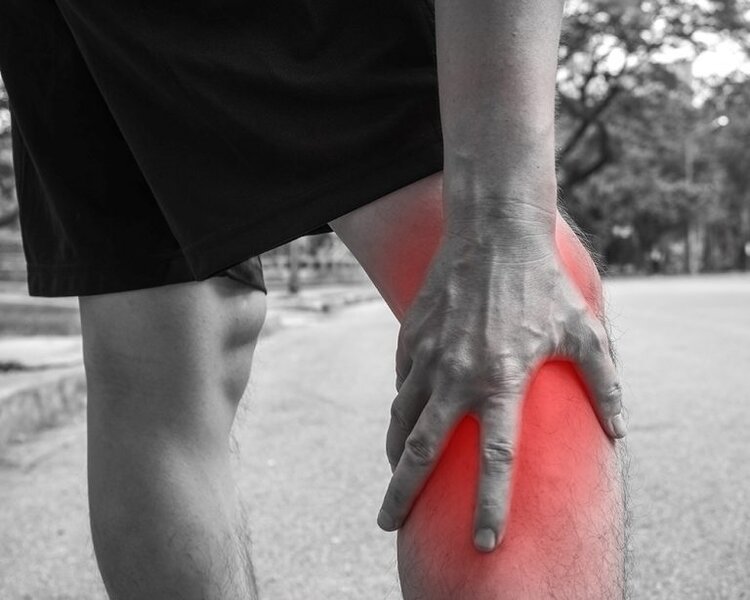
(*Reposted with permission of Tom Bisio)
For the sports enthusiast or workout addict, a diagnosis of arthritis can be devastating. Although the term “arthritis” is often employed incorrectly and is frequently misdiagnosed, to most people it is synonymous with growing old and the end of serious training and competition. Arthritis simply means that there is inflammation in a joint that results in pain and swelling. One type of arthritis, called rheumatoid arthritis, is actually a systemic disorder associated with autoimmune dysfunction. However, when most of us use the term arthritis, we mean osteoarthritis, a degenerative process that often begins in the cartilage, which covers the articular surfaces of the bones.
Cartilage is the thick, fibrous tissue that covers the ends of the bones where they meet inside the joints. It allows the surfaces of the bones to slide smoothly without rubbing or grinding. In joints like the knee, the cartilage, called the menisci, pad the projections (condyles) of the femur where they fit into corresponding grooves in the tibia (the shinbone). The menisci act as shock absorbers against compressive forces, and like washers, add to the stability of the joint by creating a tighter fit.
Osteoarthritis usually occurs when the cartilage is torn, or becomes worn, causing the articular surfaces of the bones to rub. Cartilage can be damaged by a single injury, or through chronic misuse or overloading of a joint in training and competition. For example, arthritis of the spine is often the result of incorrect posture, combined with compressive forces that damage inter-vertebral discs.
As the cartilage wears down, the surfaces of the bones no longer move smoothly in relation to each other. This creates inflammation and swelling inside the joint. If not treated properly, inflammation can become chronic, and normal tissue may be replaced with thick fibrous tissue. Inflammation and swelling also block normal circulation to bones and cartilage, and cause calcium and other minerals to be deposited in the injured area. This can lead to the formation of sharp projections or spurs of bone (“bone spurs”), which can cause further pain and restricted range of motion. In severe cases, the joint looks deformed and swollen.
Our culture seems to view arthritis as a normal part of the aging process. In the past, one was simply advised to take painkillers. Even that limited option is less viable as more and more painkillers turn out to have serious side effects. In Chinese medicine, osteoarthritis falls under the category of Bi Syndrome. Bi Syndrome is considered to be a result of misuse and inappropriate treatment of injury, often combined with improper diet and lifestyle.
In general, if we use the body properly, with correct mechanics and alignment, and if we treat injuries correctly when they occur, we can prevent joint injuries from developing into arthritis later. However, if you have arthritis or the beginnings of arthritis in a joint, there are still many things you can do to that can stop and even reverse the inflammatory process, and allow you to keep training without resorting to surgery and painkillers.
Note: The products below are all available at Kamwo Meridian Herbs. To find out more about treating your own injuries we offer classes in Practical Chinese Medicine and online classes in Gong Fu Sports Medicine
How to Treat Arthritis Pain
1. Massage painful joints and surrounding muscle tissue with medicinal liniments before and after training.
Tiger’s U-I Oil (Hu Biao Ru Yi You)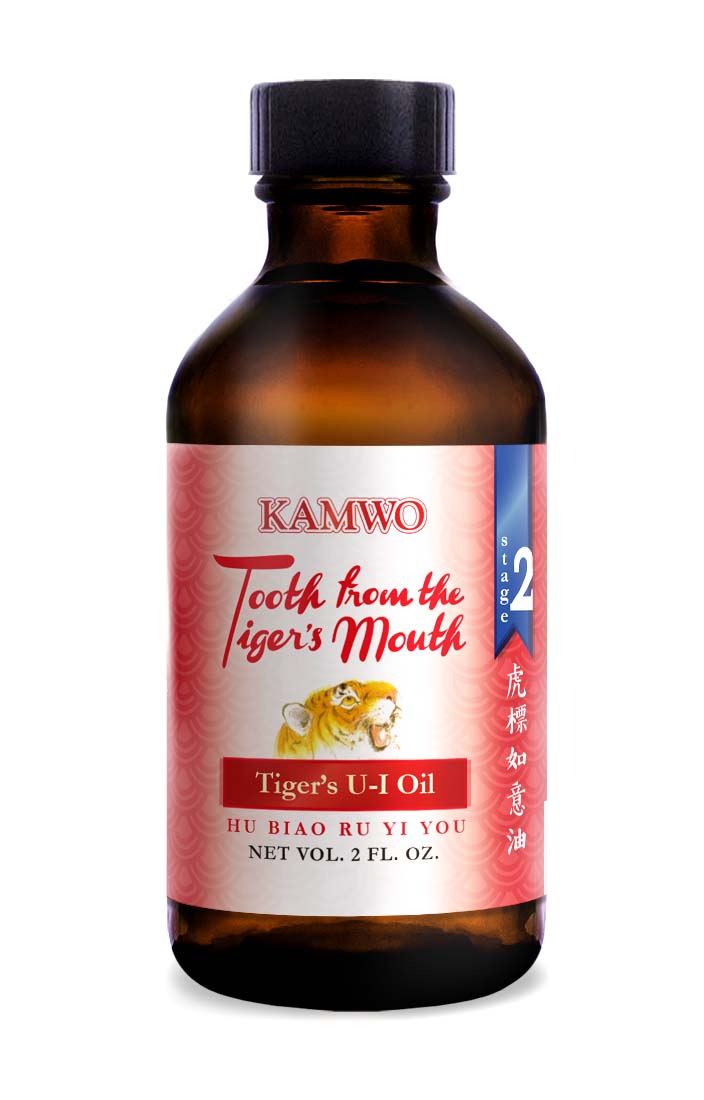
Tiger’s U-I Oil, is a stronger, more effective reprise of a light aromatic oil found at many Chinese pharmacies. Rub this liniment into joints before and after training. You can also soak layers of gauze or cloth with the liniment and wrap them around the injured joint. Then cover this bandage with a hot water bottle, hot, wet towel, or hydroculator packs to help the liniment penetrate.
Extra Strength Trauma Liniment: (Qiang Li Die Da Jiu)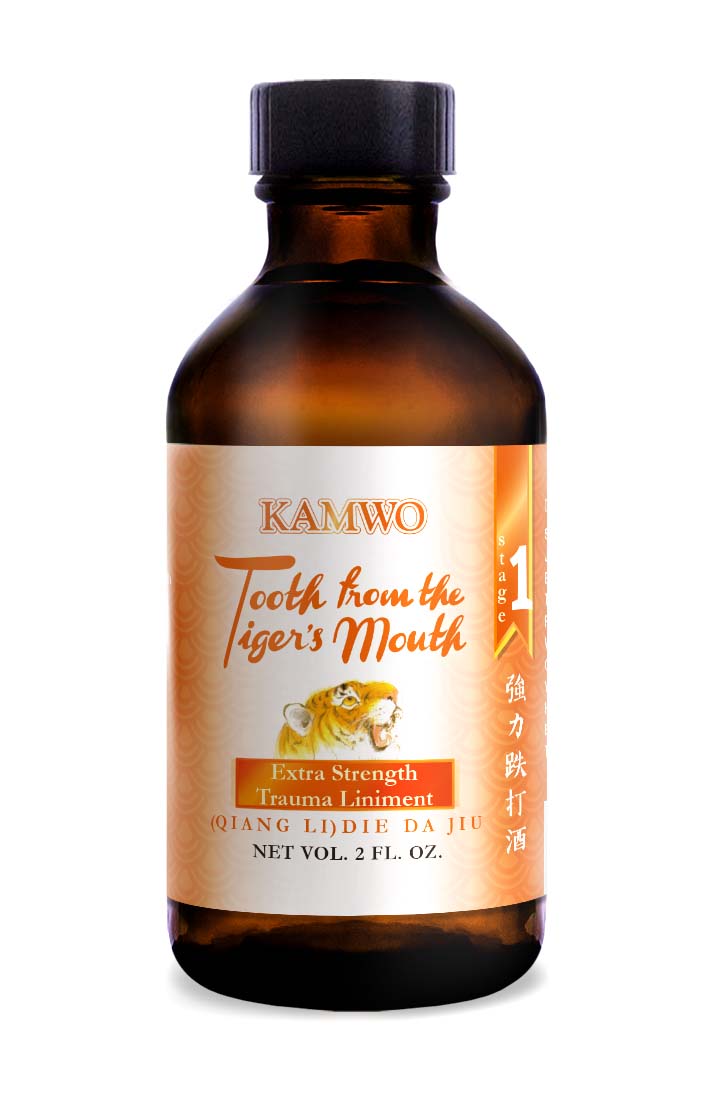
Trauma liniment is used in the martial arts for the micro-injuries – bruises, strains and sprains – that are not uncommon with those who train, compete or exercise regularly. Using Trauma Liniment in local areas that have been bruised, contused, or over-strained can go along way to preventing the small blockages that over time become larger and can lead to chronic Bi Syndrome.
Dragon’s Blood Tendon Lotion (Xue Jie Shu Jin Lu)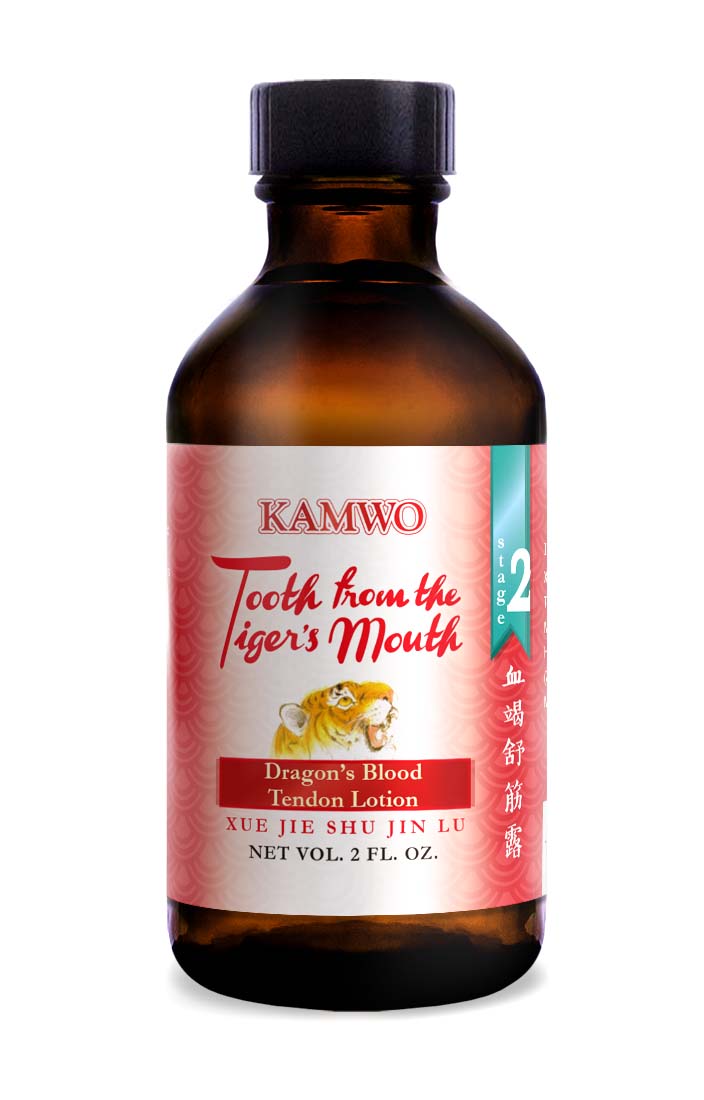
This liniment is more specifically used to heal micro-tears and pain in the tendons and ligaments. When untreated, these stresses can lead to joint problems later. Dragons Blood Tendon Lotion is an important part of treatments for tendonitis.
Tiger’s Invigorate Collaterals Liniment (Hu Biao Huo Luo You)

Designed specifically to treat localized pain and reduced mobility in joints that is characteristic of Bi Syndrome, this liniment opens the channels and collaterals and disperses wind, cold and damp.
The effectiveness of self massage with liniments can be enhanced by acupressure on points such as ST 36 (Zu San Li) for leg pain, LI 10 (Shou San Li) for arm pain, and SI 3 (Hou Xi) with Bl 62 (Shen Mai) for spine and neck pain. These points are easily located with a book on acupuncture. Like A Pearl Form the Dragaon’s Neck
2. If you are prone to pulled muscles or joint pain after exercising or competing, use herbal soaks followed by massage and range of of motion exercises. Do this one week on and then one week off.
Soaks are particularly useful when there is restricted joint movement. Two herbal soaks that are ideal for the situations mentioned above are Extra Strength Tendon Relaxing Soak (Song Jin Huo Xue Jin Ji) and Master Bonesetter’s Trauma Soak (Zheng Gu Die Da Jin Ji).


3. Moxibustion is particularly useful when cold and damp weather aggravate joint pain. Use a moxa pole daily to heat injured areas and acu-points. This not only warms the area, but increases the circulation of Qi and blood inside the joint in order to aid healing and reduce chronic inflammation.
4. If joint swelling is worse in damp, hot weather, consider using Extra Strength Golden Ointment (Qiang Li Jin Huang Gao)This Gao (ointment) is applied thickly over the joint and then wrapped with guaze and an elastic bandage. Leave on overnight or for 24 hours.
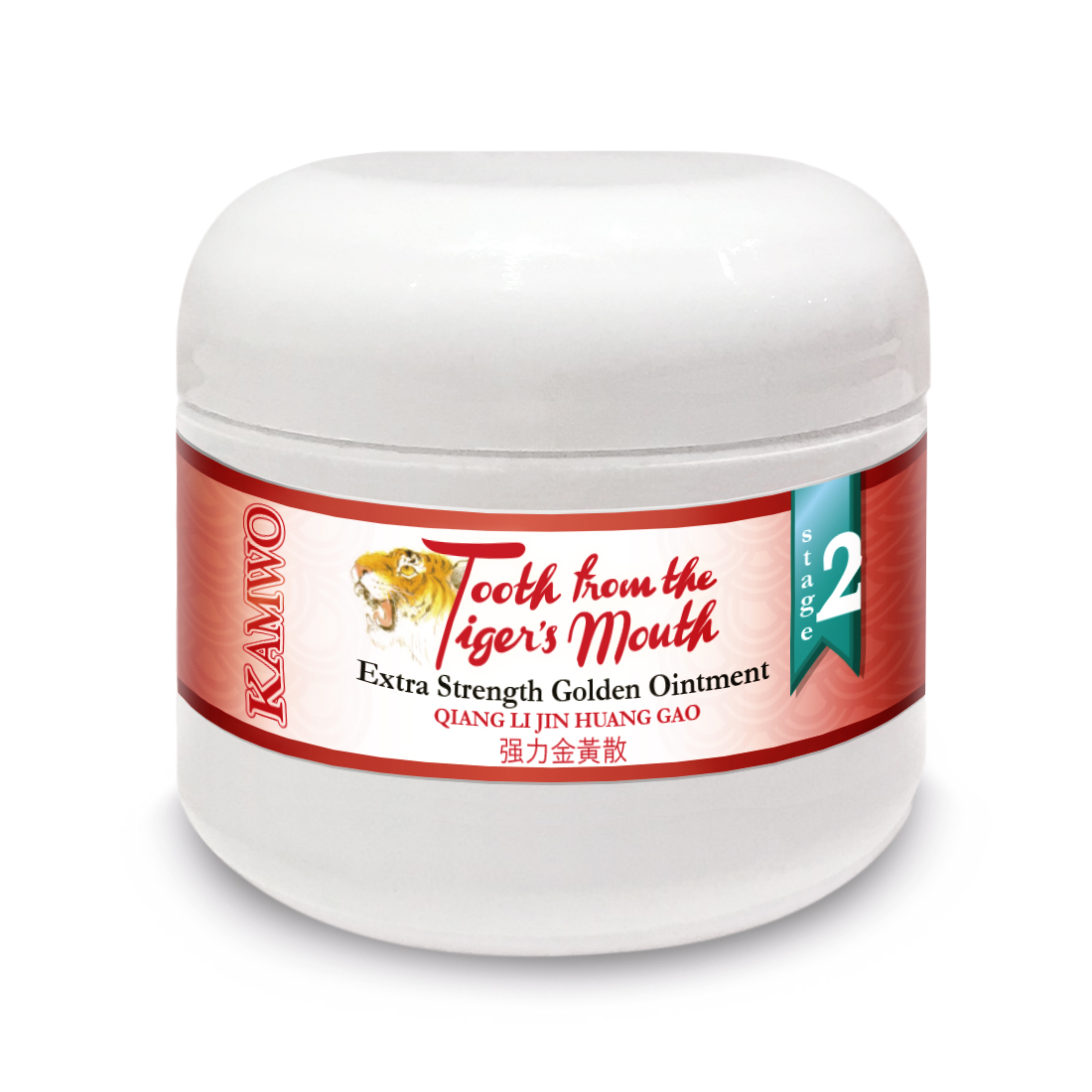
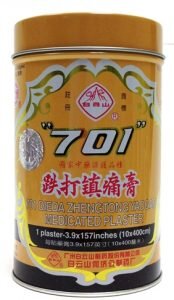
5. If there are bone spurs on the heels or in the shoulder, use the Bone Spur Soak (Gu Ci Jin Ji) or 701 plasters externally, in conjunction with taking Bone Spur Powder (Gu Ci San) internally.
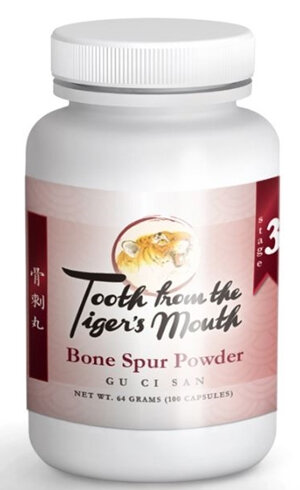

6. Perform gentle Qi gong exercises daily. Qi Gong exercises stimulate the movement of Qi and blood through injured areas and improve range of motion in joints.
7. See a practitioner of traditional Chinese medicine.
Acupuncture and herbal therapies are very effective in the treatment of joint pain and arthritis.
8. Don’t give up hope or stop training
Many studies have shown that exercise can help maintain joint function. If a stance or training exercise causes pain, or aggravates an injured joint, you may be over doing the exercise or doing it wrong. Getting detailed correction, or modifying your training, may help.



